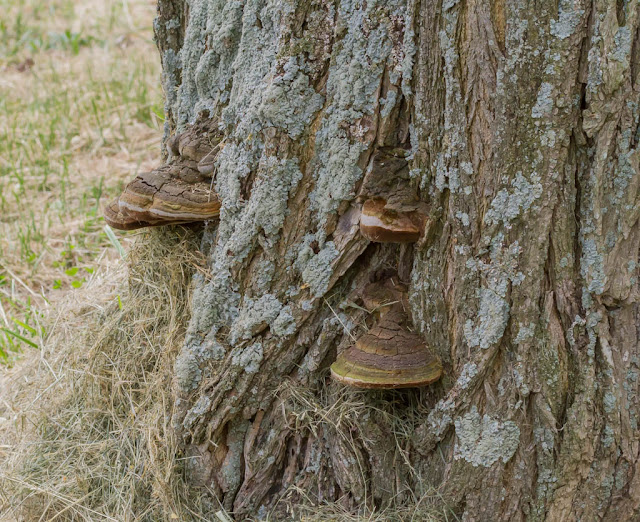Canada Geese
Trumpeter Swans
These birds are native to the US and Canada and prefer inland wetlands and marine ecosystems.
They are the largest waterfowl species native to North America (Weight: 23 lbs; Wingspan: 6-7 feet; Length: 5 feet)
Solitary Sandpiper
Killdeer
Although technically shorebirds, they are unusual in this group because they often nest and live far from water.
Lesser Yellowlegs
Parasitic fungus on Eastern Red Cedar
This baseball-sized lesion is a parasitic fungus or rust, known as Gymnosporangium rust (G. juniper virginianae) which requires two hosts and two years for its life cycle. Many thanks to John Kipping, Arborist, Botanist, First Mate Naturalist on the Delphinus, great longtime friend and husband to the beautiful EJ!
.
























































